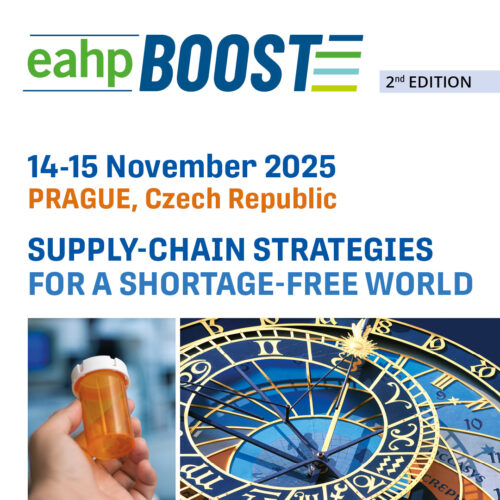INTEGRATION OF A PHARMACIST INTO THE EMERGENCY DEPARTMENT
European Statement
Patient Safety and Quality Assurance
Author(s)
PALOMA CRESPO-ROBLEDO, MARIA SEGURA BEDMAR, IRENE ESCRIBANO VALENCIANO, NURIA BLAZQUEZ-RAMOS, BEATRIZ MARTIN CRUZ, CARMEN MORIEL SANCHEZ
Why was it done?
Patient safety is an essential component of quality care. It’s known that EDs are an element of risk for the onset of adverse events due to conditions related to patients’ comorbidity, communication problems, medication errors and working conditions like limited information about the patient, workload, interruptions, shifts, etc. It was detected that reconciliation of medication was not performed; neither validation of the medication prescribed and medications were stocked with no order and control.
What was done?
A project was developed to increase patient safety in the Emergency Department (ED) based on the presence of a hospital pharmacist in the team.
How was it done?
First thing was to review and validate the medication prescribed in patients who were under observation, at the same time performing a reconciliation given their acute situation. This way a relationship between nurses, physicians, patients and pharmacist was established.
Then, electronic prescription software was integrated within the automated dispensing cabinet (ADC), eliminating potential errors choosing the right drug. Only when a pharmacist has checked the medication, the list appears in the display and can be taken out all at once. The main problem has been to agree the stocks and how nurses can return easily and operatively the medication in order to not accumulate it out of the ADC.
What has been achieved?
Pharmacists’ clinical figure is being disclosed in a country where Hospital Pharmacy is a central and close department. In 43 days, 428 patients got their prescription checked in the ED, 346 pharmaceutical interventions were made in 198 patients, a median (IQR) average of 1 (1,2) interventions per patient. The main reason for an intervention was the adequacy to pharmaceutical forms included in the Hospital(n=130), followed by reconciliation interventions(n=77). Category of errors detected were mostly B (NCC MERP), showing pharmacists can detect an error occurred but that did not reach the patient
What next?
Hospital pharmacists should show their clinical and logistic potential, fighting with other health professionals to increase safety and care in patients. ED is the entrance of patients into the health system and where more errors can be committed, the work of a pharmacist should start at ED to prevent errors and give support and be part of the team.
























